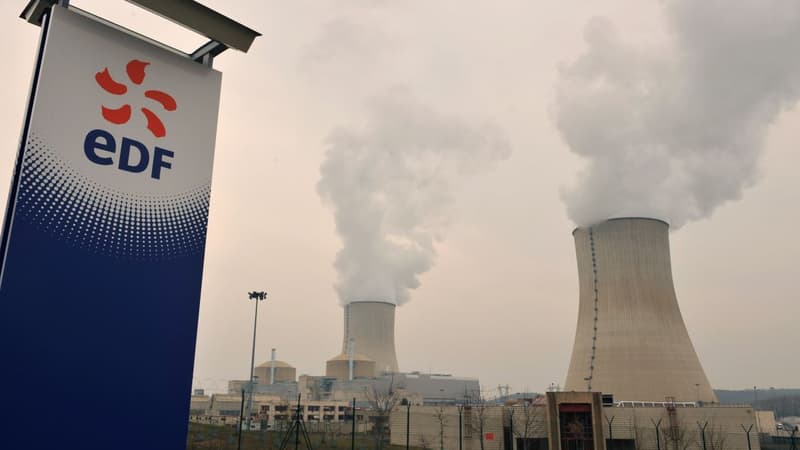The strike rate at EDF rose to 40.3% of the total workforce Tuesday at noon, up from 44.5% during the first day of mobilization against the government’s plan to reform pensions, the power group’s management announced. .
Despite this declining participation, “the dynamics remain the same,” said the CGT. “There is more anger. The more the government fights, the more it sinks,” the federal secretary of the FNME-CGT, Fabrice Coudour, told AFP.
The social movement leads to reductions in electricity production at EDF, which reached 3,210 MW as of 11 am, or the equivalent of the full capacity of three nuclear reactors.
A “inhibited” union action
These production cuts at that time affected three nuclear reactors (Cattenom 2, Gravelines 3 and Paluel 2) for 1,150 MW, thermal power plant units (Blénod 5, Cordemais 4 and Martigues 5 and 6), for a total of 1,960 MW, and amounted to 100 MW for hydroelectricity (dams), according to the detail communicated by EDF to AFP.
For its part, the CGT demanded that the AFP lower rates “up to 5,000 MW this morning”, without causing cuts, the federal secretary of the FNME-CGT affirmed that the action of the strikers was “restricted” by security messages from the RTE electrical. network operator.
On January 19, during the first day of proceedings, the drop in production had reached 7,000 MW according to the CGT and some 5,000 MW according to RTE.
RTE, in charge of ensuring the security of the electricity supply, can send safety messages to strikers if it considers that production cuts pose a risk of cuts. So it’s up to the employees to respect them.
Source: BFM TV


